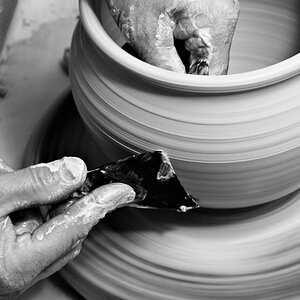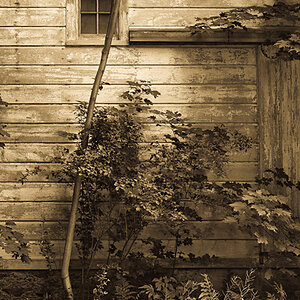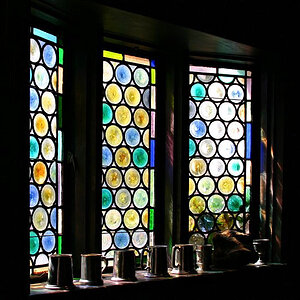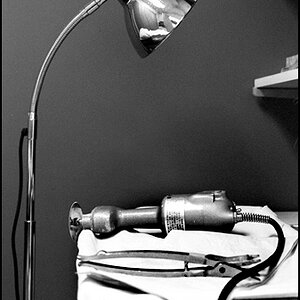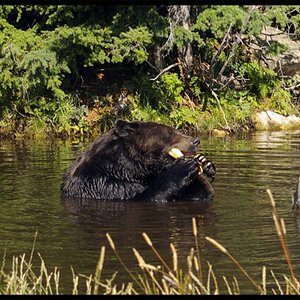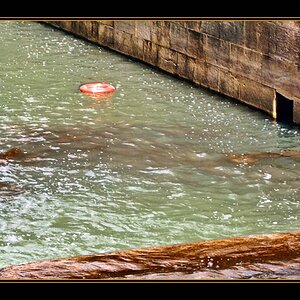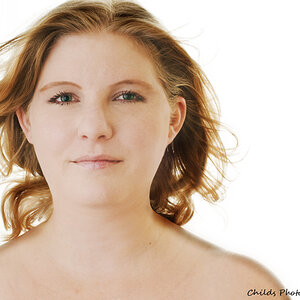captblue1
TPF Noob!
I know this has been asked many times and i did do a search but i still don't understand. I am a beginner and have been hanging around for a couple of months now. my question is ::: how can i tell if one lense is better than another?
for example, which is better
35-80 f/4.0-5.6
or
35-80 f/3.5-5.6
I know what the 35-80 means. I just wanna know which one would give a sharper pic
thanks
for example, which is better
35-80 f/4.0-5.6
or
35-80 f/3.5-5.6
I know what the 35-80 means. I just wanna know which one would give a sharper pic
thanks



